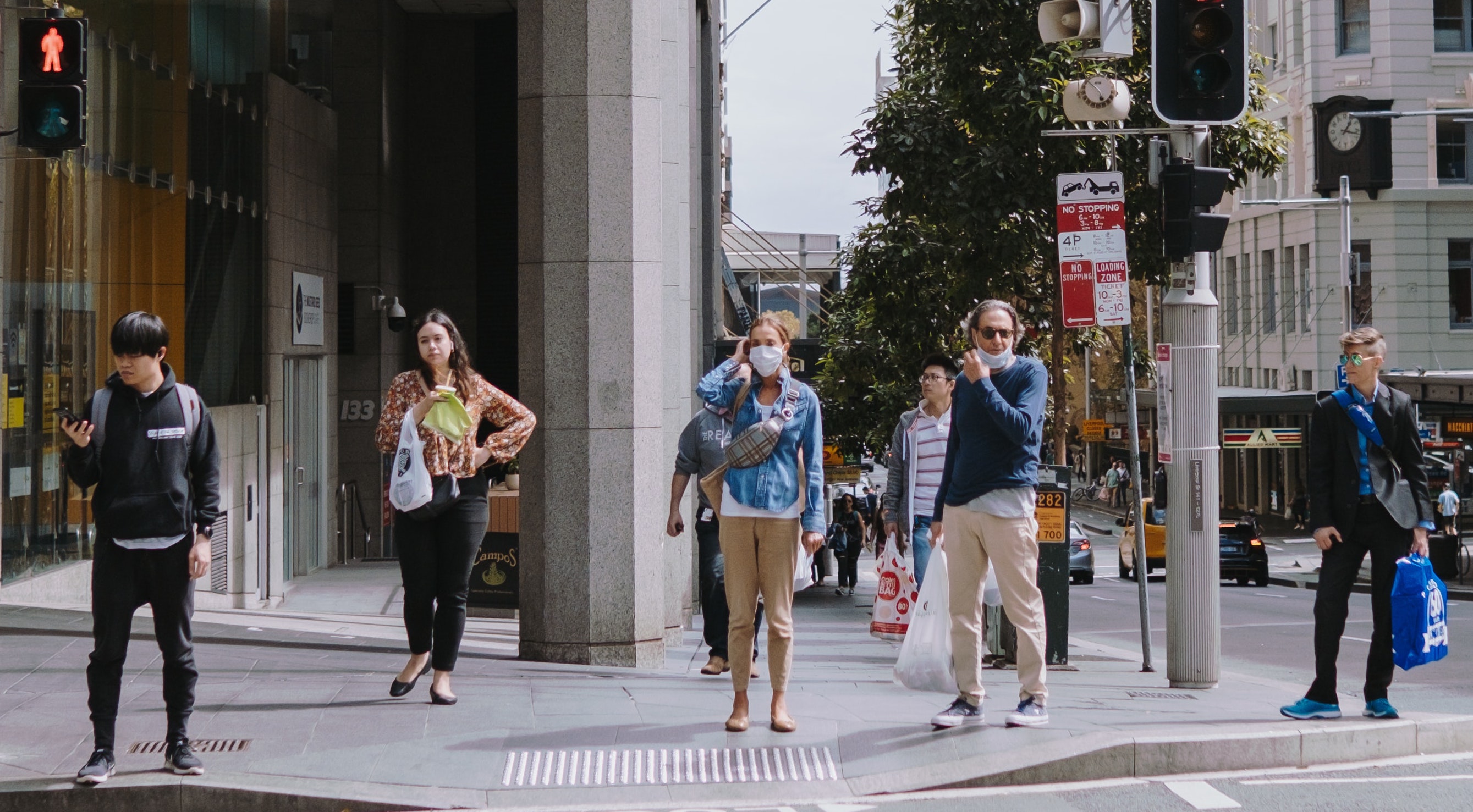It’s Monday morning and I’m waiting for my strong flat white at my local cafe before I retreat home for a day of staring at screens. I’m pretty sure the barista has said ‘Chris!’ as clearly as he can from behind his face mask in a noisy environment, but I’m pretty far away so I can maintain physical distance from everyone else in the cafe. He then looks squarely in my direction – but I’m still not entirely sure and glance behind me. Nope, it’s definitely my coffee! I grab it and go.
What caused by hesitation here? Looking in someone’s direction might seem like enough of a trigger to get their attention. But if he was mouthing my name or doing a quick smile (invisible behind a face mask) while looking in my direction, I would have instantly known it was time to collect my coffee.
New year, new rules
A new way of connecting while out at a cafe, working from home or returning to the classroom has meant we need to adjust the way we communicate with each other. For example, I learned the other day that nodding to someone on a video conference is pointless as the host might not have their Zoom on Gallery View like I did.
Face masks are becoming a more common accessory to ensure we can keep community transmissions of COVID-19 down. Masks are encouraged in situations where it’s not possible to physically distance – when doing my groceries, I wear one of my reusable cloth masks from the not-for-profit social enterprise, SisterWorks.
Face masks have become a common sight at UTS, and are mandatory in classes when 1.5-metre distancing can’t be maintained. UTS staff have access to printable posters to help you communicate to staff and students when they need to wear face masks. Students can be reminded of bringing/wearing their face masks via a notification in UTSOnline or Canvas.
On top of the practical challenges that academics are faced with in keeping physical distancing protocols in place on campus, face masks can make communication challenging – particularly when both academic and students are wearing them.

Tips for communicating while wearing a mask
- Talk louder and slower – and pull back on non-essential chat.
- It’s okay to keep using the bottom half of your face, just be aware no-one else can see it. Gesturing with hand movements are already a key tool in explaining things in the classroom – amp it up and use body language in a larger-than-life way to make up for your muffled voice.
- The use of face masks may cause anxiety amongst deaf or hard-of-hearing people, as their ability to lip-read is removed – be adaptable when they advise you how best to communicate with them. Having clear digital instructions to compliment on-campus activities will assist with this scenario, eg. use captioned PowerPoint slides.
- Check in at the end of class and get feedback on how clear your communication is so you adapt your style to meet general student needs.
- Lastly, remember that wearing a face mask doesn’t mean you are immune from catching a virus. Where possible, practice physical distancing in the same way you would if you or your students weren’t wearing masks.
